What Causes Yellow Grass and How to Fix It: Lawn Care Tips for a Green Yard
By Innovation Grounds
Having yellow grass in your lawn can be frustrating, especially when you’re aiming for that lush, green yard. Whether you’re dealing with a small patch or your entire lawn, understanding why your grass has turned yellow and how to fix it is key to restoring its vibrant color. In this article, we’ll dive into the common causes of yellow grass and provide simple, actionable steps to help you revive your lawn.
Common Causes of Yellow Grass
Yellowing grass can be a sign of various problems, ranging from issues with soil to pests or diseases. Let’s explore the most common reasons why your grass may be turning yellow.
Nutrient Deficiency
One of the most common reasons for yellow grass is a lack of essential nutrients, particularly nitrogen, iron, and magnesium. These nutrients are crucial for healthy grass growth, and when they’re lacking, the grass can turn yellow or pale.
Nitrogen Deficiency: Nitrogen is vital for photosynthesis and helps grass grow thick and green. Without it, your lawn may show signs of yellowing, especially in the middle or older grass blades.
Iron Deficiency: Yellowing leaves with green veins, known as chlorosis, are often caused by a lack of iron. Grass requires iron to produce chlorophyll, and without it, the leaves cannot produce enough green pigment.
Magnesium Deficiency: Magnesium is essential for chlorophyll production, and its deficiency can cause grass to turn yellow, particularly between the veins.
Solution: Regularly fertilize your lawn with a balanced, slow-release fertilizer that contains nitrogen, iron, and magnesium. Test your soil to identify any specific nutrient deficiencies and address them with appropriate amendments.
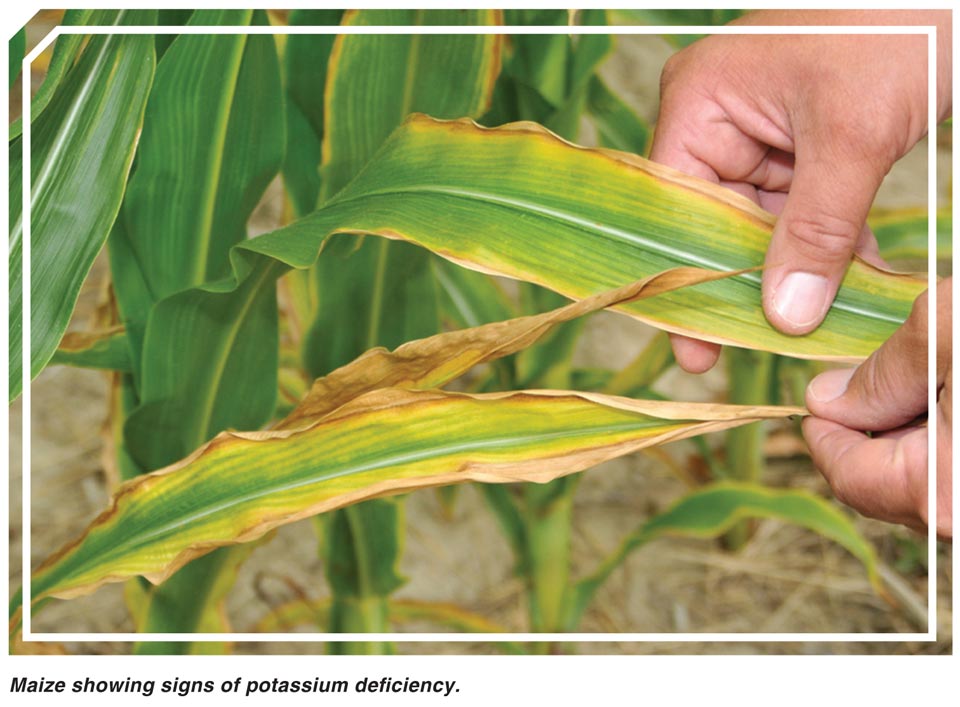
Overwatering or Poor Drainage
Grass needs water, but overwatering can be just as harmful as underwatering. When you water your lawn too much, the roots can become waterlogged and deprived of oxygen, causing the grass to yellow. Poor drainage in your yard can lead to water pooling, which further exacerbates the problem.
Solution: Ensure that your lawn is getting the right amount of water. Water deeply and infrequently, aiming for about 1 inch of water per week. Improve drainage by aerating your lawn or adding organic matter to help the soil retain moisture while promoting good airflow around the roots.
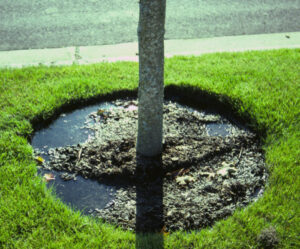
Underwatering
On the flip side, not giving your lawn enough water can also cause yellowing. When the grass doesn’t receive enough hydration, the blades will dry out, turn yellow, and even start to die off.
Solution: Adjust your watering schedule to ensure your lawn is getting the moisture it needs. A deep watering once or twice a week is generally better than frequent shallow watering.
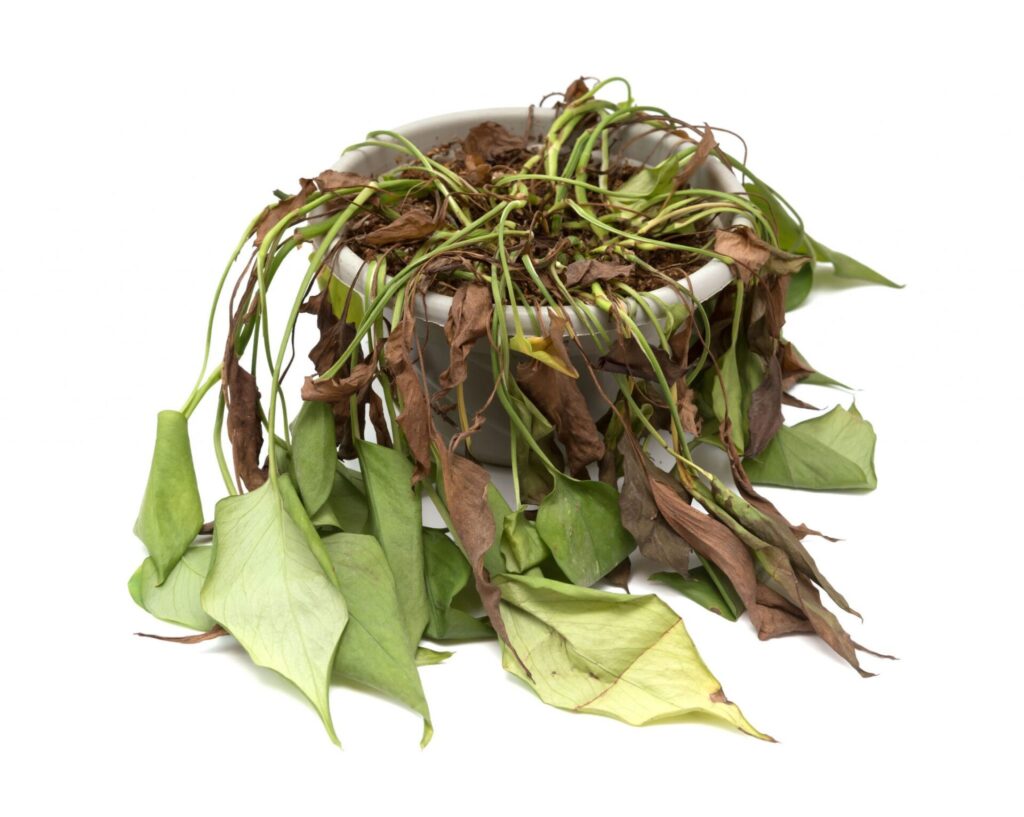
Pests and Diseases
Certain pests and diseases can also be the culprit behind yellow grass. Insects like grubs, chinch bugs, or billbugs feed on the roots or blades of grass, causing damage and yellowing. Fungal infections, such as dollar spot or brown patch, can also lead to yellowing patches in the lawn.
Solution: Inspect your lawn regularly for signs of pests or fungal growth. If you spot any issues, apply appropriate pesticides or fungicides, or try natural remedies like neem oil. For grubs, you may need to apply a grub control treatment in late spring or early summer.
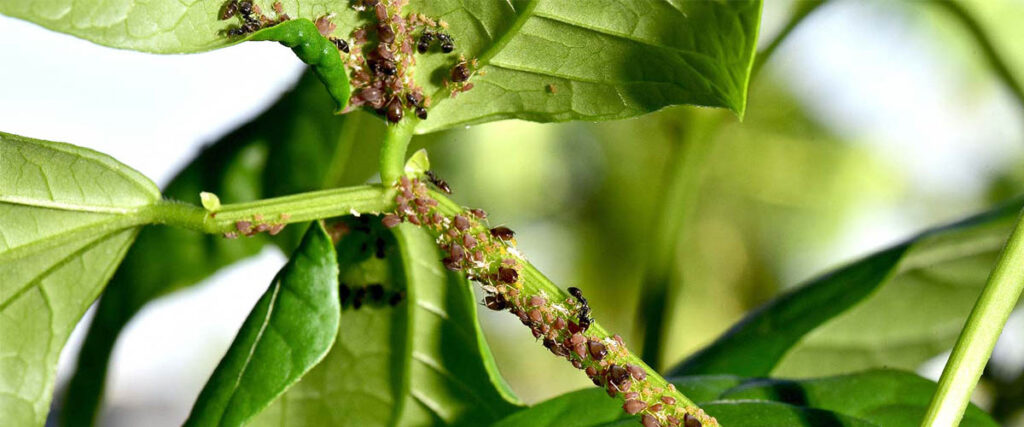
Compacted Soil
Soil compaction occurs when the soil becomes too dense to allow water, nutrients, and oxygen to reach the roots. When this happens, grass may turn yellow as it struggles to survive. Compact soil can result from heavy foot traffic, construction, or simply the natural settling of soil over time.
Solution: Aerate your lawn to relieve soil compaction. Lawn aerators punch small holes in the ground, allowing for better airflow, water penetration, and root growth. This can greatly improve the health and color of your grass.

Chemical Burn
Sometimes, the yellowing of grass is due to overapplication of fertilizers or herbicides. When too much fertilizer is used, the roots can burn, causing yellow or brown patches. Similarly, herbicides that are not applied properly can cause harm to your lawn.
Solution: Always follow the manufacturer’s instructions when applying fertilizers or chemicals. If you notice yellowing after an application, flush the affected area with water to help dilute the chemicals and reduce the damage.
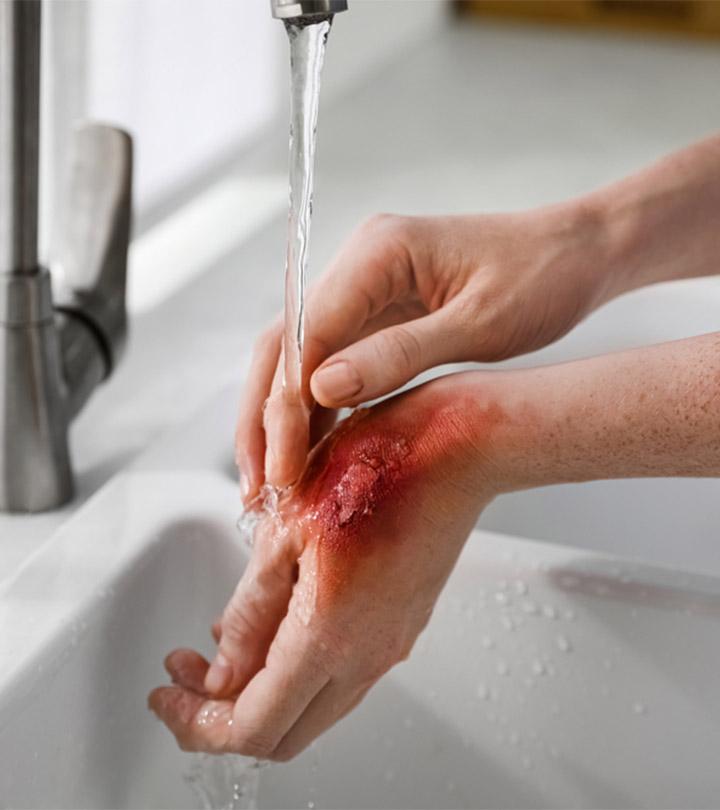
Improper Mowing
Mowing your lawn too short, or using dull mower blades, can stress the grass and cause yellowing. Grass that is cut too short may struggle to grow back, while ragged edges from dull blades can cause the grass to become weak and vulnerable to disease.
Solution: Maintain your lawn at the recommended height for your grass type. For most cool-season grasses, this is around 2.5 to 3 inches, while warm-season grasses typically do well at 1.5 to 2 inches. Regularly sharpen your mower blades to ensure clean cuts.
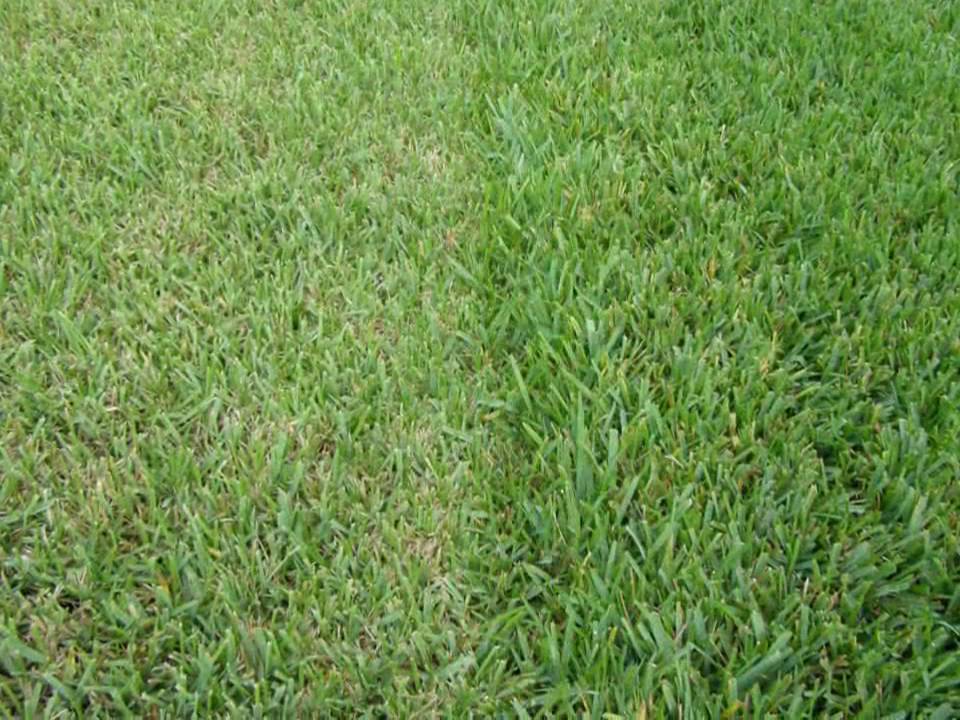
How to Fix Yellow Grass and Restore a Healthy Lawn
Now that we’ve covered the common causes of yellow grass, let’s discuss how to fix it and restore your lawn to its lush, green state.
Fertilize with a Balanced Mix: Apply a fertilizer that is rich in nitrogen, iron, and magnesium to replenish nutrients in the soil.
Adjust Watering Practices: Ensure your lawn receives about 1 inch of water per week, either from rainfall or irrigation, and avoid overwatering.
Aerate and Improve Soil Drainage: Aerating the soil will relieve compaction and improve root health. Additionally, adding organic material can enhance drainage.
Pest and Disease Control: Regularly inspect your lawn for pests and diseases. Use the appropriate treatments to eliminate these issues.
Proper Mowing: Keep your lawn at the right height and mow regularly with sharp blades to promote healthy growth.
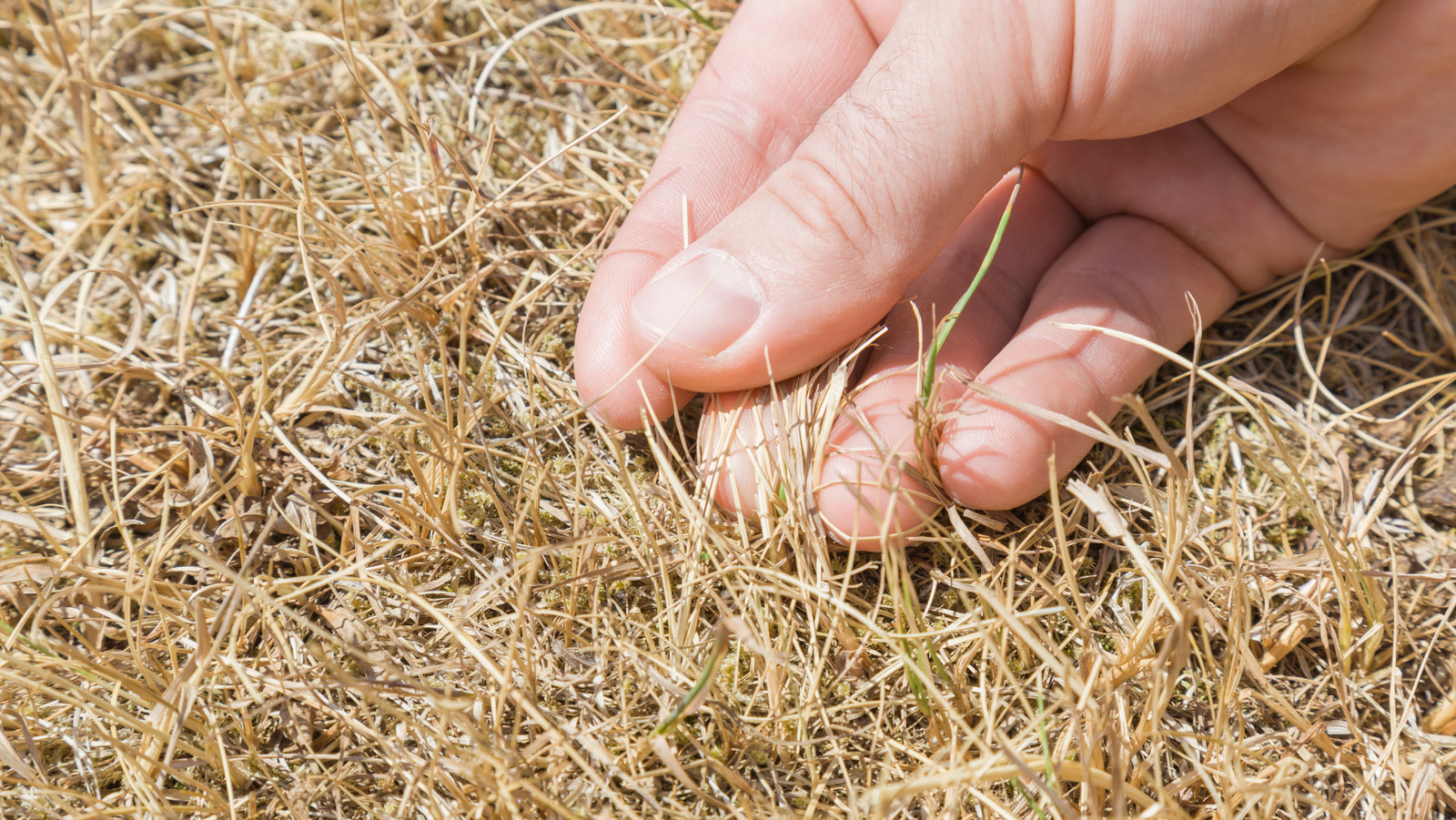
Conclusion
Yellow grass is a common problem for many homeowners, but with the right knowledge and care, it can be fixed. By identifying the root cause of the yellowing and implementing the right solutions, you can restore your lawn to its former beauty. Whether it’s a nutrient deficiency, improper watering, or pests, addressing the issue early will ensure a healthy, vibrant lawn for years to come.
If you’re still having trouble with yellow grass, it might be worth consulting a lawn care professional to get a tailored plan for your yard. With the right care, your lawn can be lush, green, and the envy of the neighborhood!


